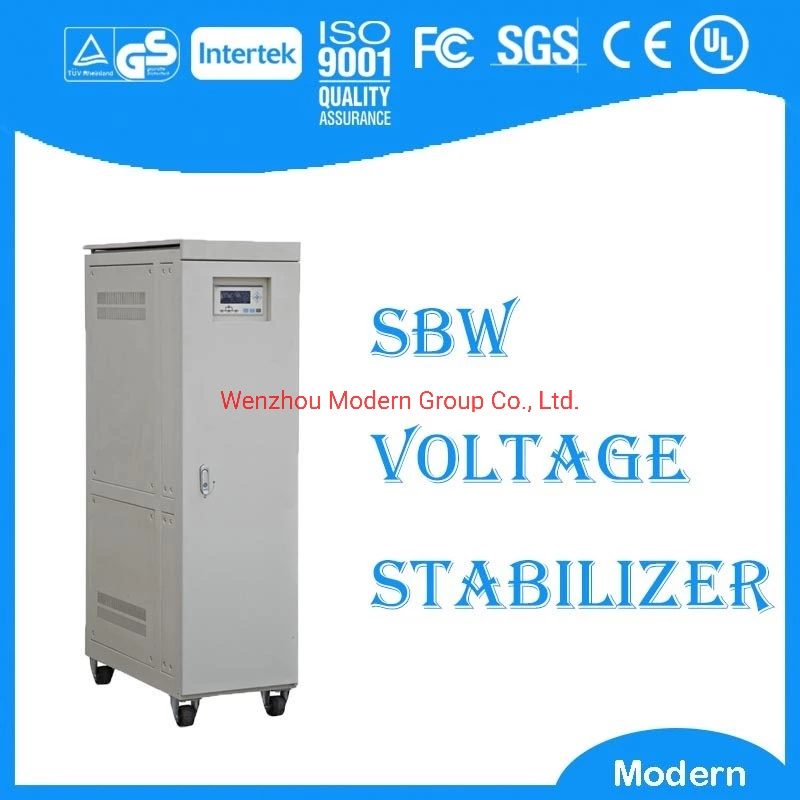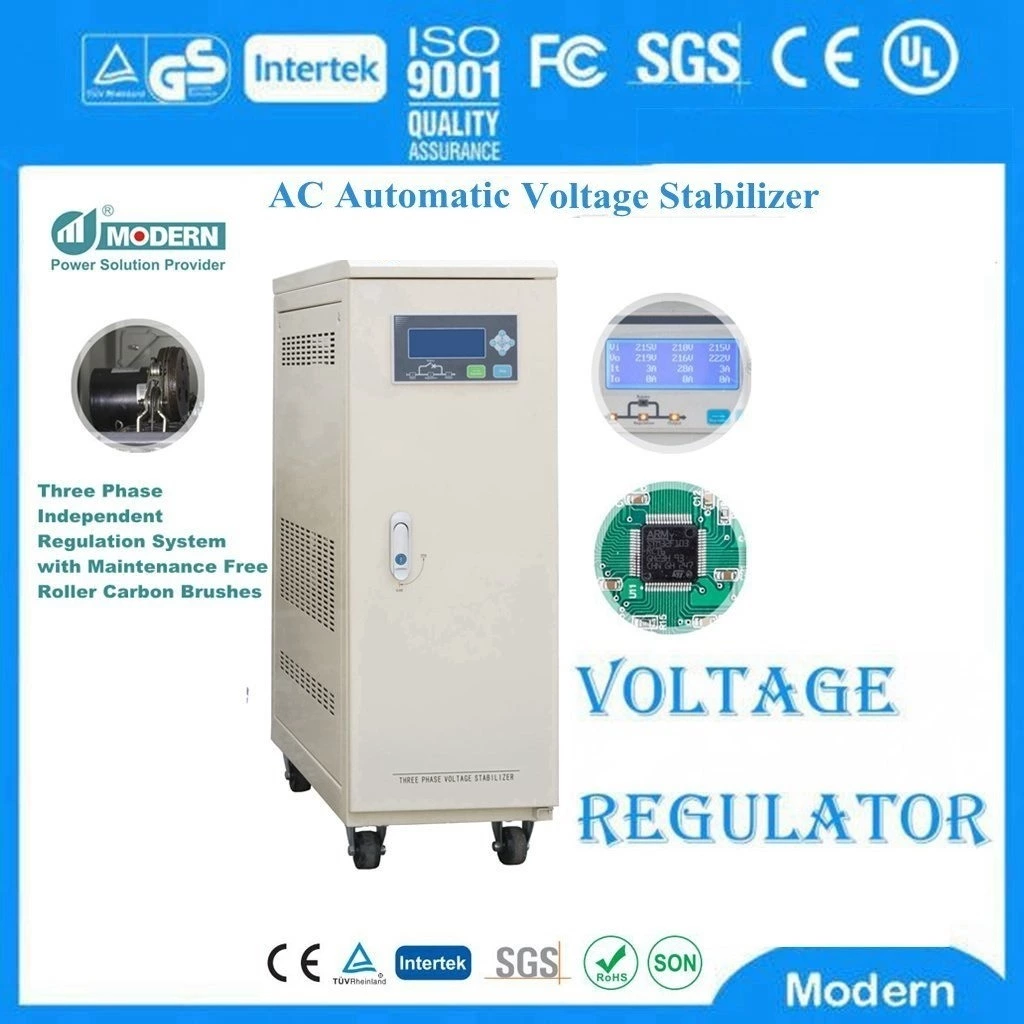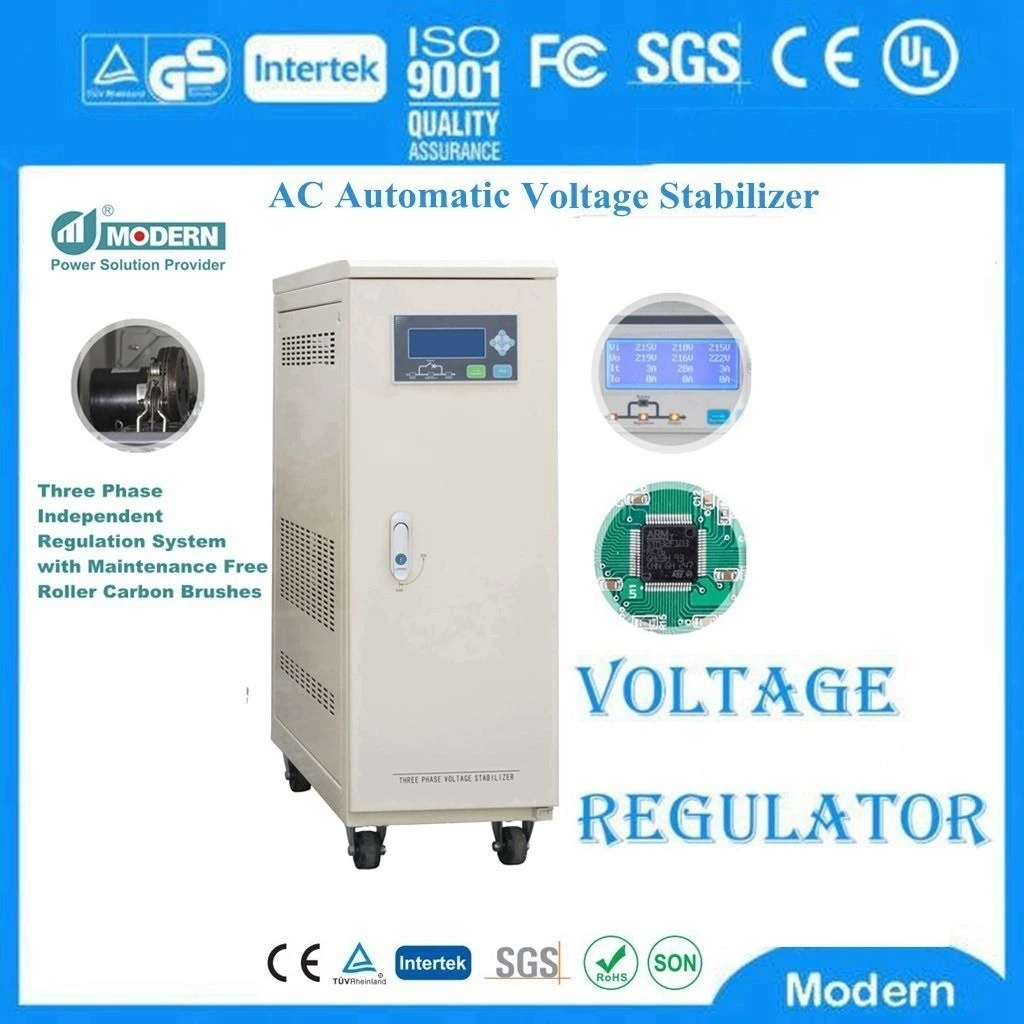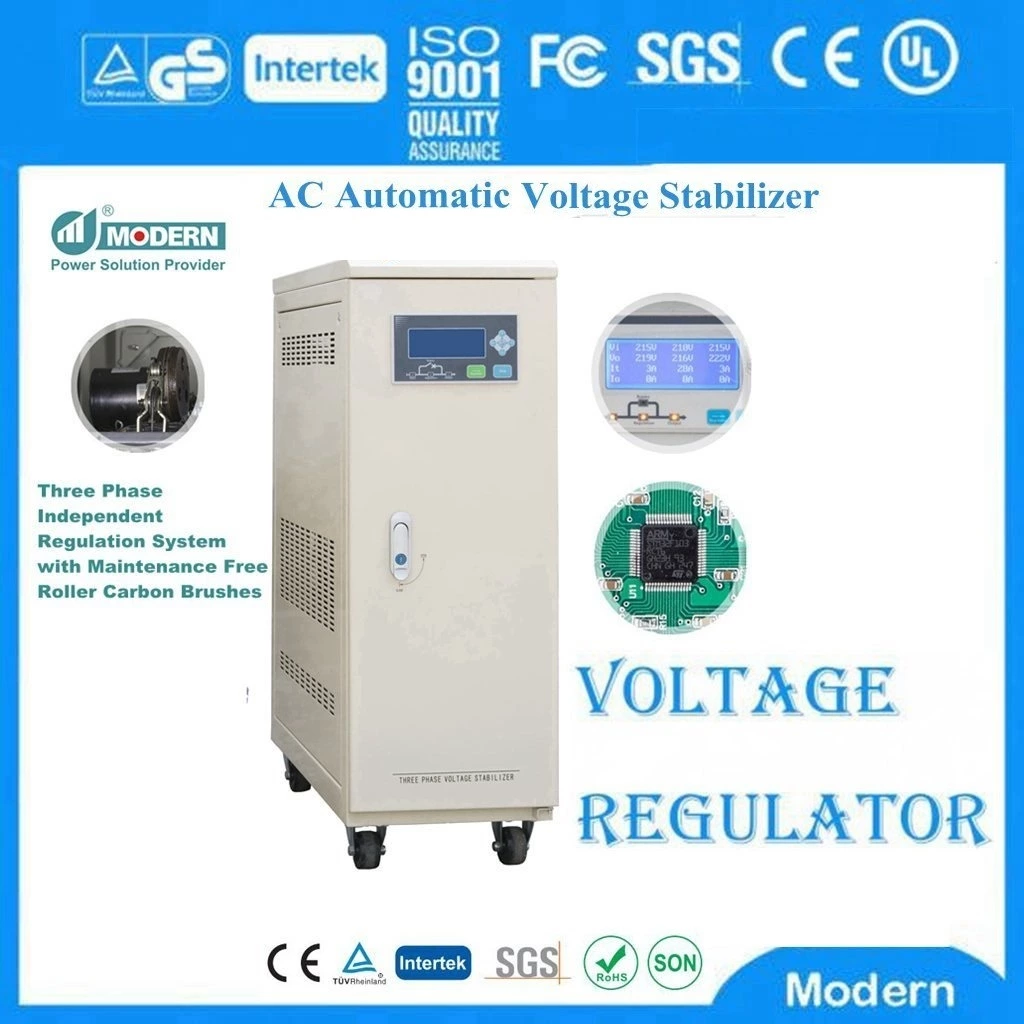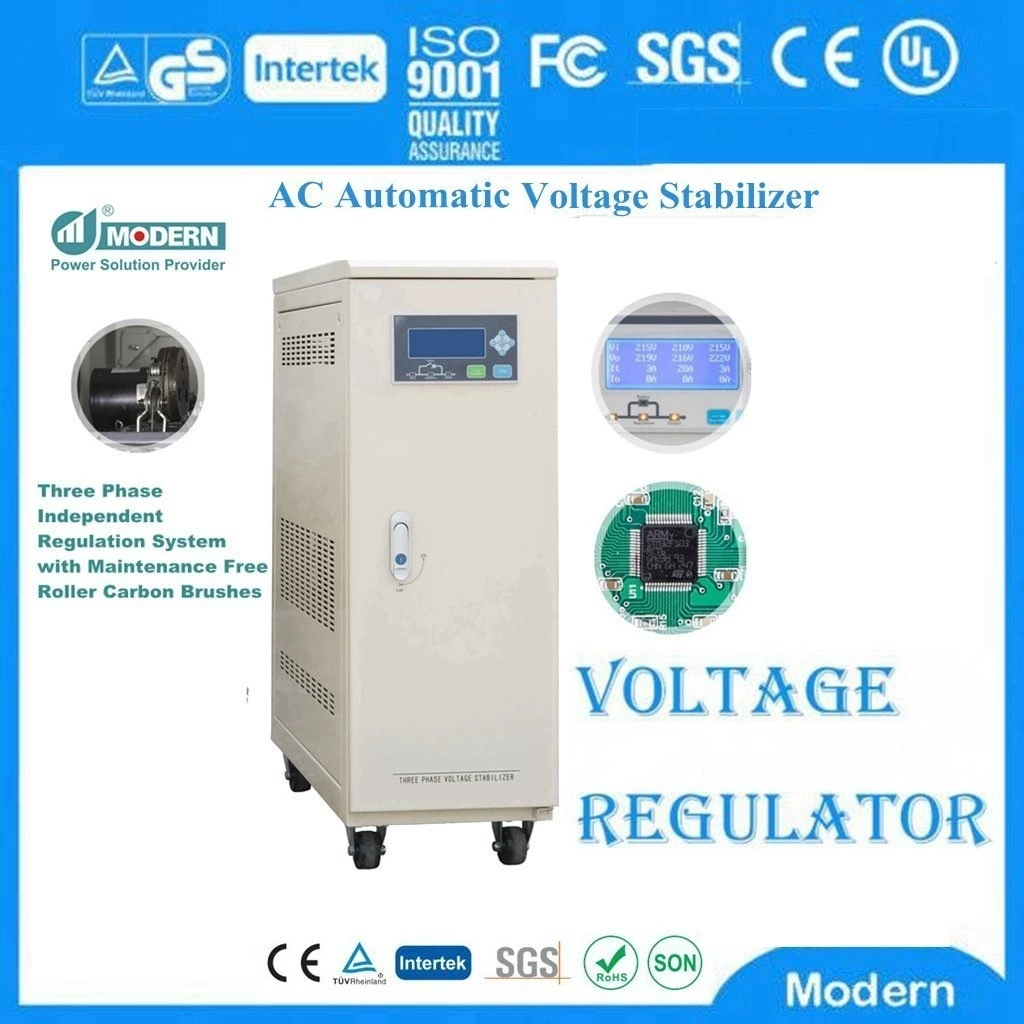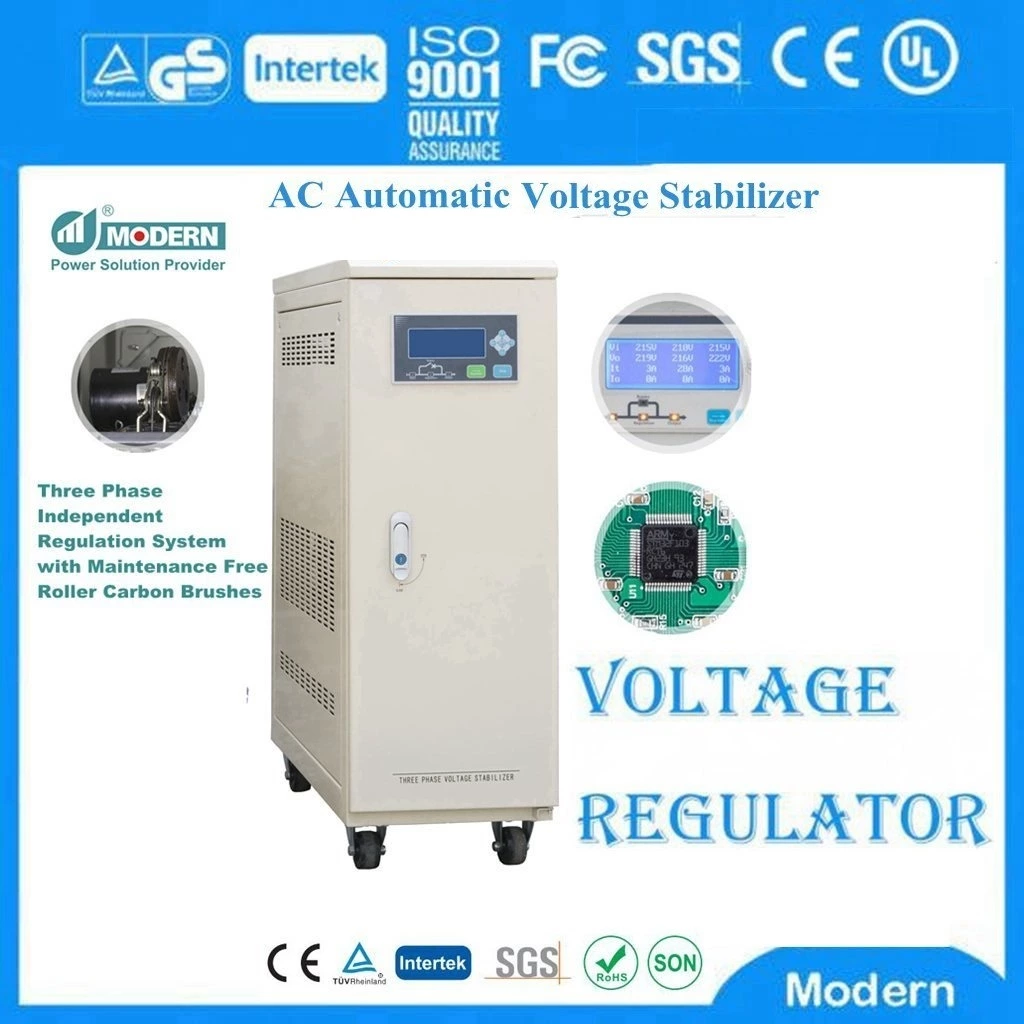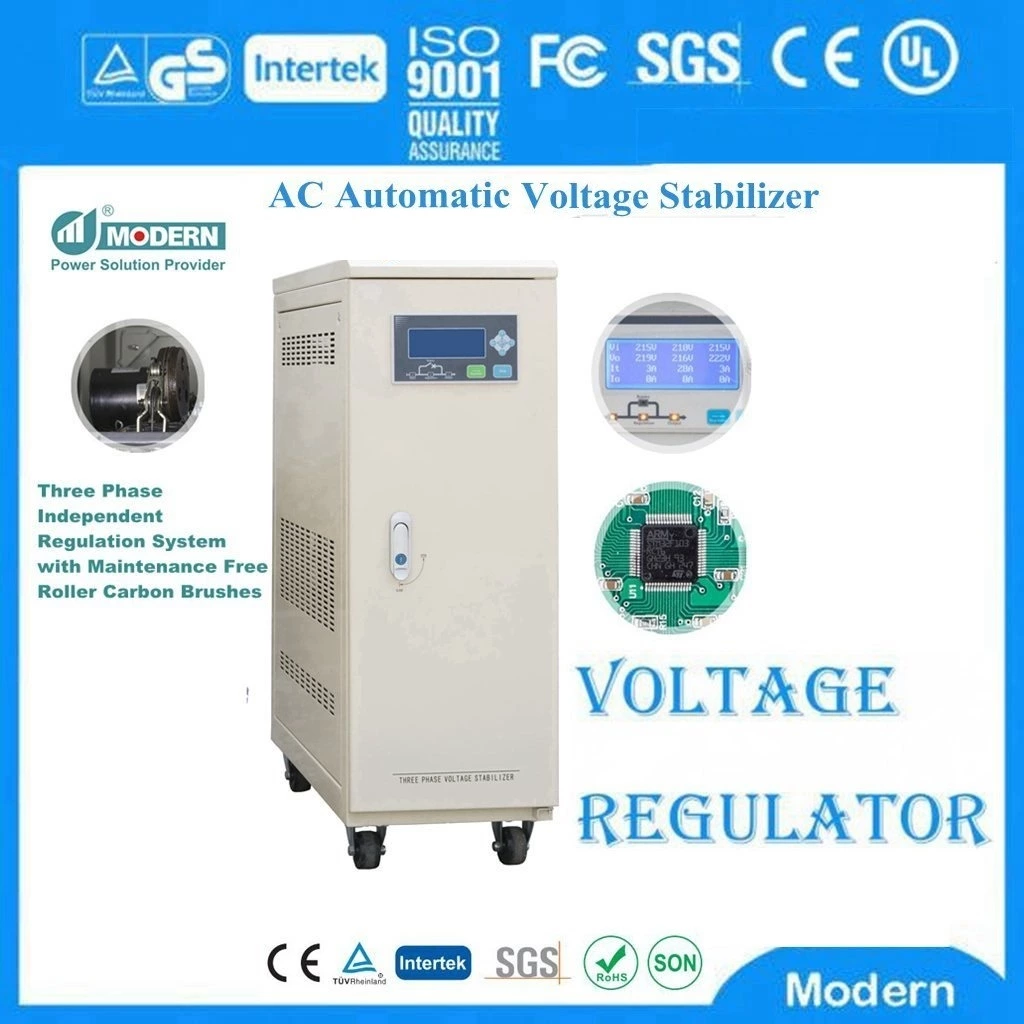How Does An Uninterruptible Power Supply Work?
The working principle of Uninterruptible Power Supply(UPS) is mainly to provide voltage stabilization when the mains power is normal, and to provide power through battery inverter when it is abnormal. Specifically:
Rectification: When the mains power is normal, the AC power is converted into DC power through a rectifier (such as a thyristor or a high-frequency switching rectifier). The rectifier has the function of controlling the output voltage according to the changes in the external power, ensuring that the output voltage remains stable when the power supply fluctuates.
Energy storage: The rectified DC power is stored in the battery. The battery is equivalent to a large-capacity capacitor, which can filter out instantaneous pulse interference that the rectifier cannot eliminate and provide a clean DC power supply.
Conversion: The DC power is divided into two paths, one enters the charger to charge the battery, and the other is supplied to the inverter. The inverter converts the DC power into AC power and outputs a stable 220V, 50Hz AC power to supply the load.
Switch control: When the mains power is abnormal or the power is off, the static switch quickly switches to the battery power supply to ensure the voltage stability at the load end. Before the battery runs out of power, the UPS will sound an alarm to prompt timely replacement or charging. In addition, UPS devices usually provide protection against overvoltage or undervoltage, ensuring the normal operation of load equipment and avoiding data loss, equipment damage and other problems caused by power outages.
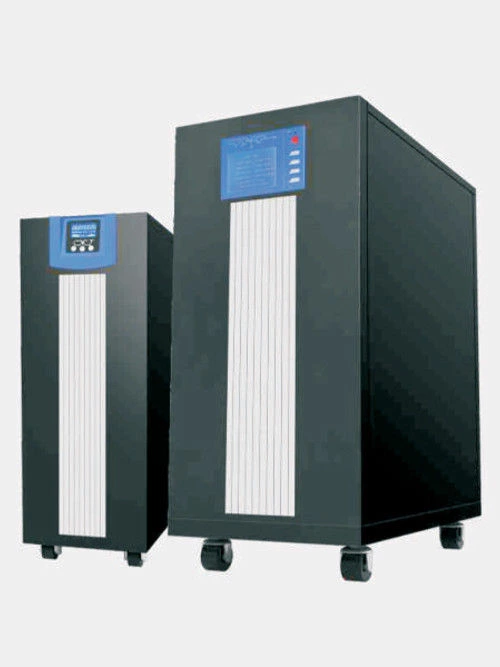
 Русский
Русский
 Français
Français
 Português
Português
 Español
Español
 اللغة العربية
اللغة العربية
